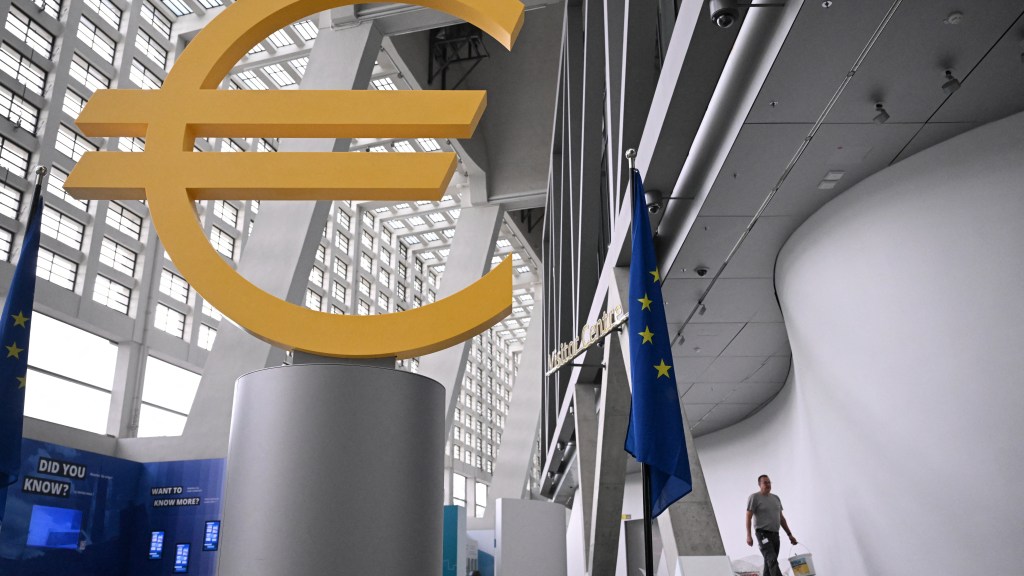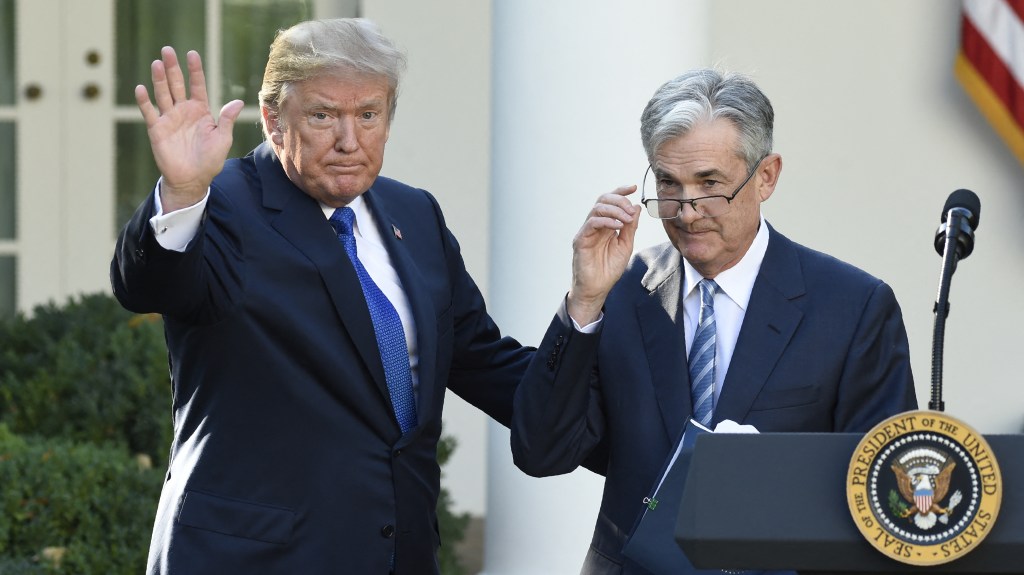European Central Bank Lowers Interest Rate to 2 Percent
The European Central Bank (ECB) has officially reduced its primary interest rate to 2 percent, marking the lowest level since 2022. This decision comes amid warnings about the risks of falling inflation and a decelerating economy, largely influenced by President Trump’s threats of tariffs.
The governing council of the ECB voted to decrease the eurozone’s main deposit rate by 0.25 percentage points. This move aligns with market predictions and represents the eighth reduction since June 2024, with only one member dissenting from the decision.
The anticipation for a June rate cut grew after it was reported that annual consumer price inflation dipped below the ECB’s target of 2 percent, registering at 1.9 percent in April. Additionally, the ECB adjusted its projections, forecasting an average inflation rate of 1.6 percent in 2026, down from 2 percent this year. This adjustment reflects reduced expectations for energy prices and a strengthening euro.
The ECB has been implementing monetary policy easing at a more accelerated rate compared to other leading central banks this year. In contrast, both the Bank of England and the US Federal Reserve express ongoing concerns regarding persistent inflation rates. ECB President Christine Lagarde refrained from providing the financial markets with specific guidance on the potential trajectory of interest rates for this year. She emphasized that the current monetary policy stance is favorable and that decisions will continue to be data-driven rather than predetermined.
In a recent report, ECB staff presented various scenarios illustrating the potential impacts of an escalating trade conflict on the eurozone economy. The most severe scenario predicts that if the US imposes extensive tariffs of 50 percent on EU imports and 120 percent on China, the eurozone’s GDP could decline by 1 percent by 2027, accompanied by inflation around 1.8 percent, potentially necessitating further interest rate reductions.
Conversely, in a more optimistic scenario where the EU and US achieve a zero-tariff agreement for industrial goods, economic growth could increase by as much as 0.4 percentage points, pushing inflation up to approximately 2 percent starting next year, thus reducing the likelihood of additional monetary easing.
Lagarde noted that the inflation outlook is currently “more uncertain than usual” due to the volatile nature of global trade policies. She cautioned about the disinflationary effects associated with a stronger euro, which has appreciated by 10 percent against the dollar this year, currently valued at $1.14. A stronger currency reduces import costs for Europeans but negatively impacts the competitiveness of European exporters. The euro appreciated by 0.2 percent against the dollar on Thursday.
Frederik Ducrozet, head of macroeconomic research at Pictet Wealth Management, mentioned that the ECB’s future actions would hinge on the trade discussions between EU officials and their US counterparts in the upcoming weeks. Trump’s tariff threats against the EU include a potential 50 percent universal levy, currently on hold until July 9.
Ducrozet stated, “The outcomes of the ECB’s meetings in July and September will be influenced by US-EU trade negotiations, but beyond that, the central bank might hesitate to ease rates significantly below neutral. Market expectations suggest the ECB will pause in July, but developments could shift in six weeks.”
Jack Allen-Reynolds, deputy chief eurozone economist at Capital Economics, predicted that the ECB could implement one more rate cut in September before stabilizing at 1.75 percent. In comparison, the market anticipates the Bank of England’s base rate to reach 4 percent by year-end, with no anticipated changes to US borrowing costs, which stand at 4.25-4.50 percent.




Post Comment